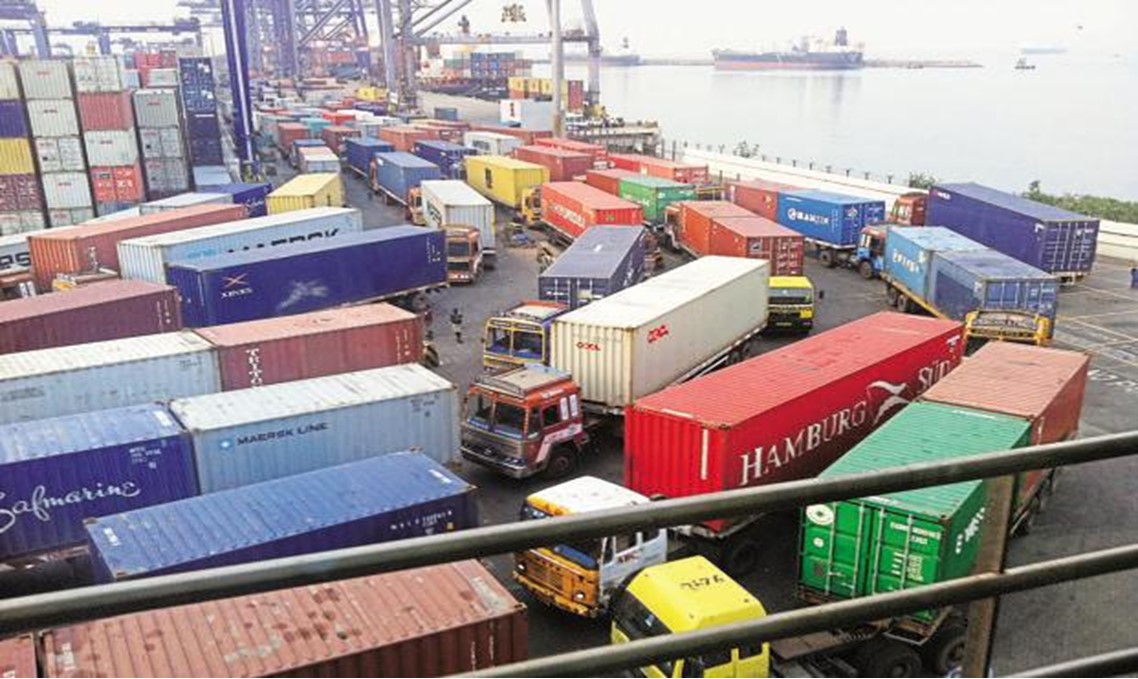Introduction to Container Terminal Optimization
In the complex ecosystem of container logistics, terminal optimization plays a crucial role in enhancing efficiency and throughput. This process involves implementing optimization strategies to streamline operations, from cargo handling to storage and retrieval. The goal is to maximize terminal efficiency, ensuring swift movement of goods through the supply chain.
Key Technologies in Optimization
Technological advancements have significantly propelled the optimization of container terminals. Automated Guided Vehicles (AGVs) revolutionize cargo movement, offering precision and reliability. Similarly, real-time tracking systems provide unparalleled visibility into container locations, facilitating proactive management. Advanced scheduling software further refines operational planning, optimizing resource allocation and berth scheduling.
Strategies for Improving Terminal Operations
Efficient cargo handling and yard management are pivotal to terminal performance. Implementing berth allocation techniques can dramatically reduce turnaround times, while optimization strategies for yard management ensure the best use of space and equipment. These strategies collectively contribute to smoother terminal operations, directly impacting overall logistic efficiency.
Challenges and Solutions in Terminal Optimization
Despite the potential for efficiency gains, terminals face challenges such as operational bottlenecks and capacity constraints. Addressing these requires a balanced approach that includes implementing sustainable practices and leveraging technology to enhance flexibility and scalability. Solutions often involve a combination of infrastructure investment and process reengineering to adapt to changing cargo volumes and types.
Comparative Table: Before and After Terminal Optimization
| Feature | Before Optimization | After Optimization |
|---|---|---|
| Cargo Handling Time | Longer | Reduced |
| Terminal Capacity | Limited | Enhanced |
| Operational Efficiency | Lower | Higher |
| Cost Effectiveness | Less | Improved |
| Environmental Impact | Higher emissions | Lower emissions |

